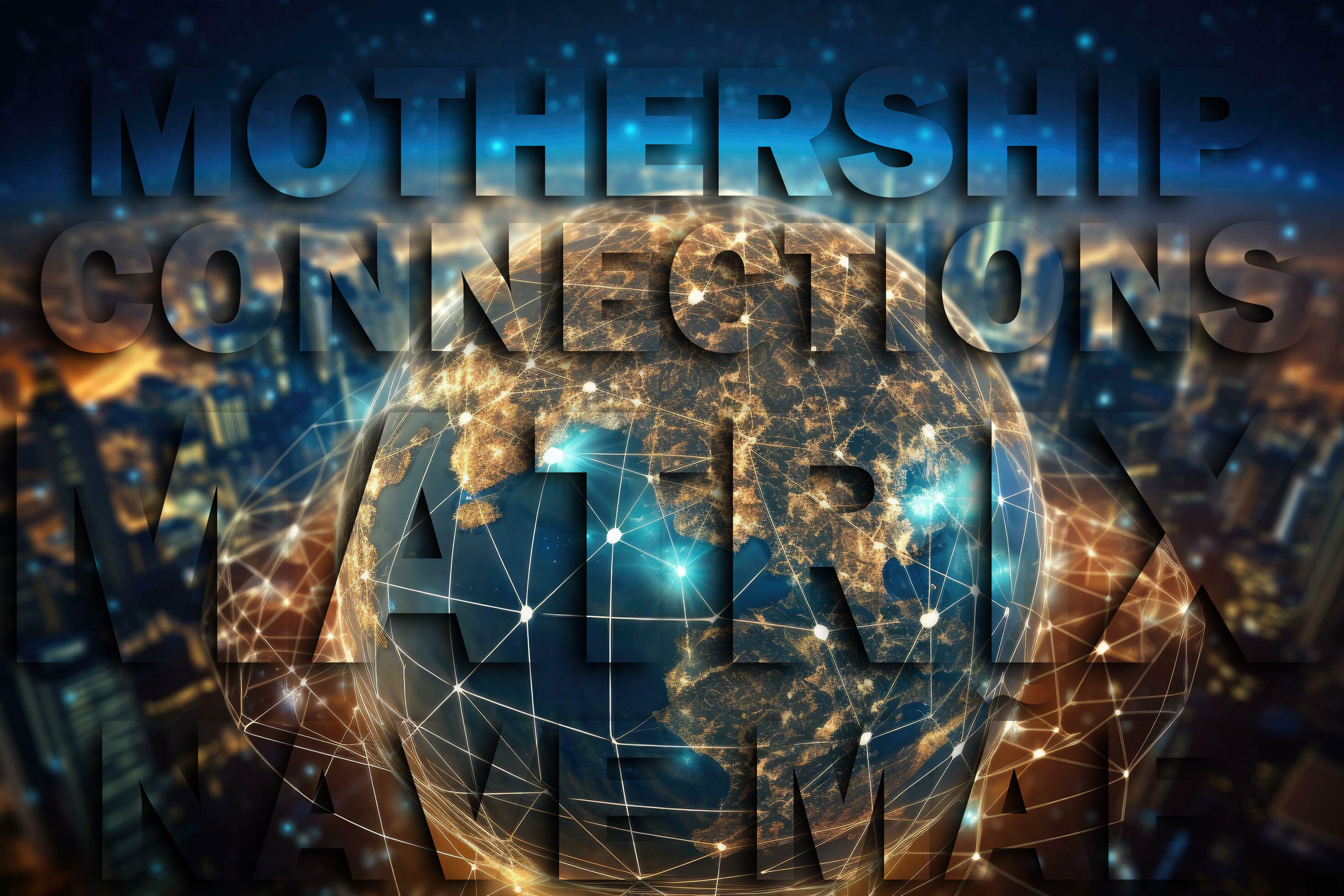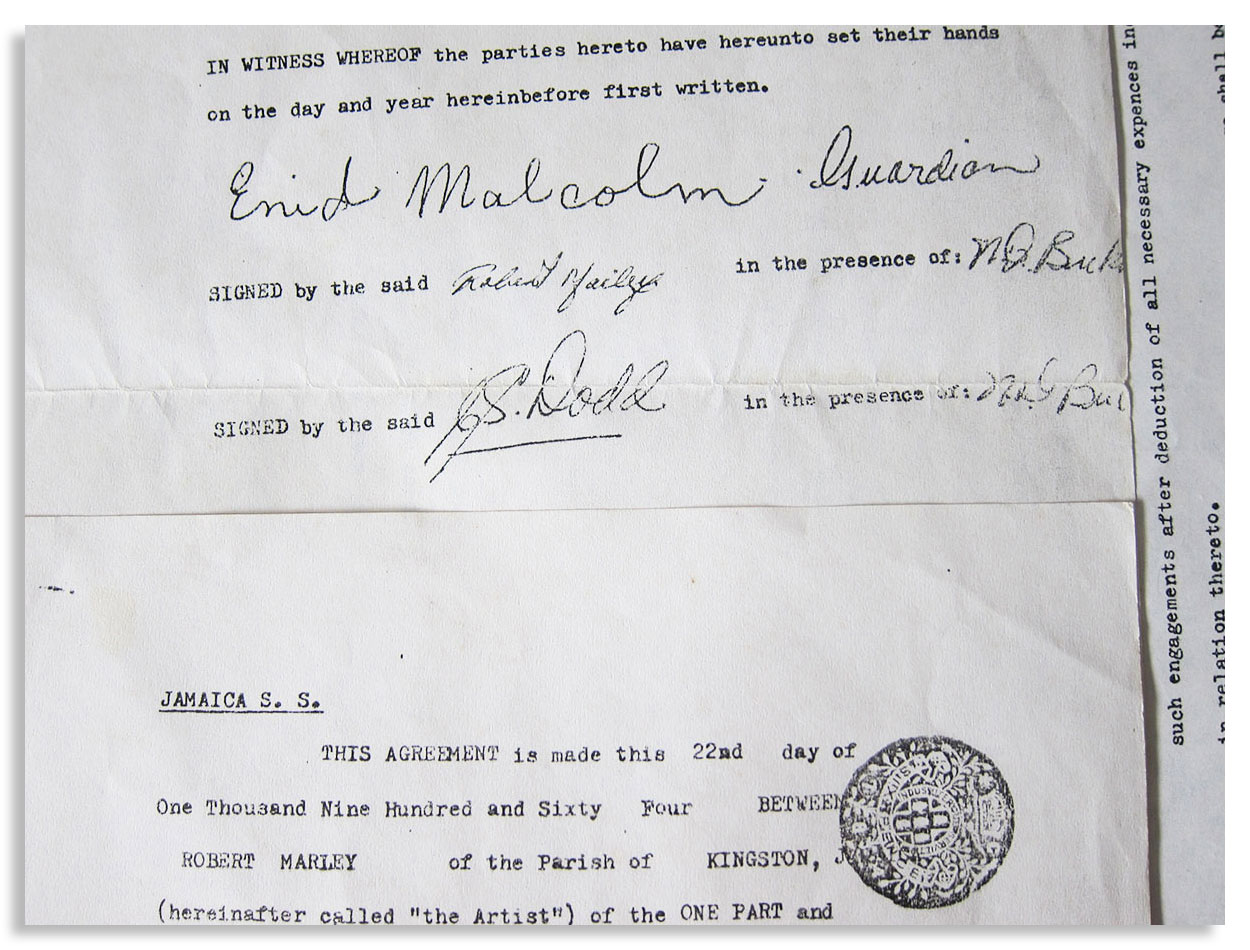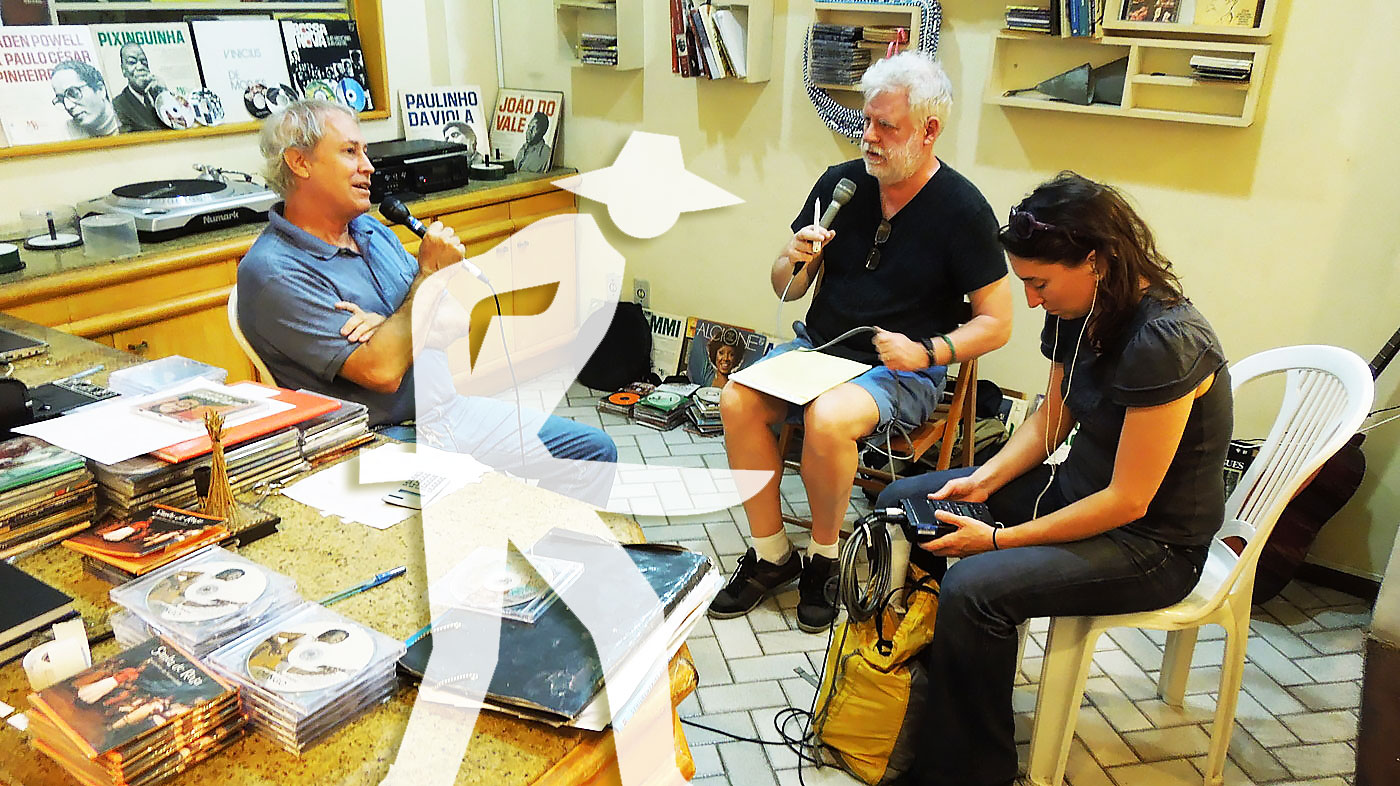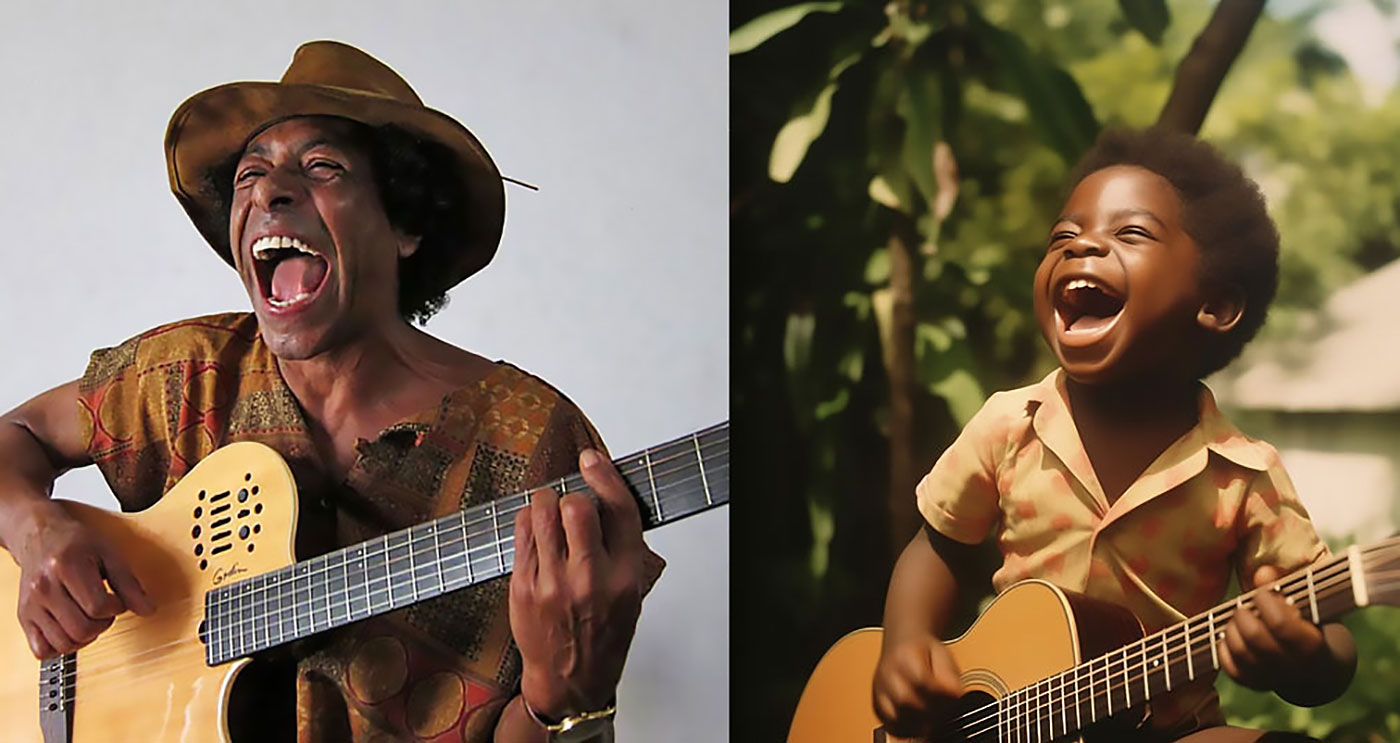Matrix Page
 Curation & Recommendations
Curation & Recommendations...of and for musicians, writers, academics, painters, choreographers, filmmakers, theater directors, sound and set designers, chefs...
CURATION
- from this page: by Matrix
Network Node
- Name: Maria Nunes
- City/Place: Port of Spain
- Country: Trinidad and Tobago
Life & Work
- Bio: Maria Nunes is a photographer in Trinidad and Tobago with special interests in capturing imagery related to the performing arts and in documenting cultural heritage, especially traditional Carnival portrayals.
Contact Information
- Email: [email protected]
- Telephone: +1 868-687-4855
Media | Markets
- ▶ Instagram: marianunesphotography
- ▶ Website: http://www.marianunes.com
More
-
Quotes, Notes & Etc.
CARNIVAL PERFORMANCE ART: Special focus on the Blue Devil tradition in Paramin, Trinidad, as well as extensive work documenting the contemporary portrayals of carnival traditions such as Fancy Sailor, Moko Jumbie, Midnight Robber, Jab Jab and Dame Lorraine.
CULTURAL HERITAGE: Exhibition of images to commemorate Emancipation Day in 2012, official photographer for the Trinidad and Tobago delegation to Carifesta in Suriname in 2012,
MUSIC: a commission by the National Parang Association of Trinidad and Tobago in 2010, photo documentation of SteelFestt in 2012 and photography of the National Steel Symphony Orchestra's participation in the 9th China International Folk Arts Festival in Yichang and Beijing in 2013. In addition, Maria specializes in concert photography and works closely with many leading Trinidad and Tobago jazz artists such as Etienne Charles and Vaughnette Bigford and leading steelbands such as Trinidad All Stars.
DANCE: Photographer-in-residence for New Waves! Institute from 2011-2014 in Trinidad and Haiti, Official photographer for the Noble Douglas Dance Company and Lilliput Children's Theatre in 2013-14.
FILM: Filmed and edited "Rainforest: A Musical Postcard from Trinidad" which was screened at the Trinidad and Tobago Film Festival in 2011 and was field producer for Mystic Fighters, a film by Sophie Meyer.
MUSIC-THEATRE: Maria is a founding Director of Calabash Foundation for the Arts and is the producer of Jab Molassie, an original music-theatre work written by Caitlyn Kamminga and Dominique Le Gendre.
Maria's interest in the arts has been significantly influenced by her love of music which includes a special interest in collecting early calypso, string band and big band recordings of Trinidad and Tobago, as well as traditional folk and stickfighting songs.
Apart her arts based portfolio, Maria also has developed a significant body of work in sports action photography for the First Citizens Sports Foundation.
Clips (more may be added)

The Matrix is a small world network in which creators may recommend other creators and be recommended by other creators. Like stars coalescing into a galaxy, creators in the Matrix mathematically gravitate to proximity to all other creators in the Matrix, no matter how far apart in location, fame or society. This gravity is called "the small world phenomenon". While the Matrix's utilization of small world gravity is unprecedented, small world networks are all around us, even inside us: our brains contain small world networks. Humanity itself is a small world network wherein over 8 billion human beings average 6 or fewer steps between any two given people, anywhere. Those steps are seldom all transitable though. In the Matrix they are.
![]() Wolfram MathWorld on the Small World Phenomenon
Wolfram MathWorld on the Small World Phenomenon
![]() Matemática Wolfram sobre o Fenômeno Mundo Pequeno
Matemática Wolfram sobre o Fenômeno Mundo Pequeno
"In a small world, great things are possible."

It's not which pill you take, it's which pathways you take, pathways originating in the sprawling cultural matrix of Brazil: Indigenous, African, Sephardic and then Ashkenazic, European, Asian... Matrix Ground Zero is the Recôncavo, contouring the Bay of All Saints, earthly center of gravity for the disembarkation of enslaved human beings — and the sublimity they created — presided over by the ineffable Black Rome of Brazil: Salvador da Bahia.
("Black Rome" is an appellation per Caetano Veloso, son of the Recôncavo, via Mãe Aninha of Ilê Axé Opô Afonjá.)
"Dear Sparrow: I am thrilled to receive your email! Thank you for including me in this wonderful matrix."
—Susan Rogers: Personal recording engineer for Prince, inc. "Purple Rain", "Sign o' the Times", "Around the World in a Day"... Director of the Berklee Music Perception and Cognition Laboratory
"Thanks! It looks great!....I didn't write 'Cantaloupe Island' though...Herbie Hancock did! Great Page though, well done! best, Randy"
"We appreciate you including Kamasi in the matrix, Sparrow."
—Banch Abegaze: manager, Kamasi Washington
"This is super impressive work ! Congratulations ! Thanks for including me :)))"
—Clarice Assad: Pianist and composer with works performed by Yo Yo Ma and orchestras around the world
"Dear Sparrow, Many thanks for this – I am touched!"
—Julian Lloyd-Webber: UK's premier cellist; brother of Andrew Lloyd Webber (Evita, Jesus Christ Superstar, Cats, Phantom of the Opera...)
"Thanks, this is a brilliant idea!!"
—Alicia Svigals: World's premier klezmer violinist
Developed here in the Historic Center of Salvador ↓ .
![]() Bule Bule (Assis Valente)
Bule Bule (Assis Valente)
"♫ The time has come for these bronzed people to show their value..."
Production: Betão Aguiar
MATRIX MODUS OPERANDI
Recommend somebody and you will appear on that person's page. Somebody recommends you and they will appear on your page.
Both pulled by the inexorable mathematical gravity of the small world phenomenon to within range of everybody inside.
And by logical extension, to within range of all humanity outside as well.
MATRIX (PARDAL)
I'm Pardal here in Brazil (that's "Sparrow" in English). The deep roots of this project are in Manhattan, where Allen Klein (managed the Beatles and The Rolling Stones) called me about royalties for the estate of Sam Cooke... where Jerry Ragovoy (co-wrote Time is On My Side, sung by the Stones; Piece of My Heart, Janis Joplin of course; and Pata Pata, sung by the great Miriam Makeba) called me looking for unpaid royalties... where I did contract and licensing for Carlinhos Brown's participation on Bahia Black with Wayne Shorter and Herbie Hancock...
...where I rescued unpaid royalties for Aretha Franklin (from Atlantic Records), Barbra Streisand (from CBS Records), Led Zeppelin, Mongo Santamaria, Gilberto Gil, Astrud Gilberto, Airto Moreira, Jim Hall, Wah Wah Watson (Melvin Ragin), Ray Barretto, Philip Glass, Clement "Sir Coxsone" Dodd for his interest in Bob Marley compositions, Cat Stevens/Yusuf Islam and others...
...where I worked with Earl "Speedo" Carroll of the Cadillacs (who went from doo-wopping as a kid on Harlem streetcorners to top of the charts to working as a janitor at P.S. 87 in Manhattan without ever losing what it was that made him special in the first place), and with Jake and Zeke Carey of The Flamingos (I Only Have Eyes for You)... stuff like that.

Yeah this is Bob's first record contract, made with Clement "Sir Coxsone" Dodd of Studio One and co-signed by his aunt because he was under 21. I took it to Black Rock to argue with CBS' lawyers about the royalties they didn't want to pay (they paid).
MATRIX MUSICAL
I built the Matrix below (I'm below left, with David Dye & Kim Junod for U.S. National Public Radio) among some of the world's most powerfully moving music, some of it made by people barely known beyond village borders. Or in the case of Sodré, his anthem A MASSA — a paean to Brazil's poor ("our pain is the pain of a timid boy, a calf stepped on...") — having blasted from every radio between the Amazon and Brazil's industrial south, before he was silenced. The Matrix started with Sodré, with João do Boi, with Roberto Mendes, with Bule Bule, with Roque Ferreira... music rooted in the sugarcane plantations of Bahia. Hence our logo (a cane cutter).
A Massa (do povo carente) / The Masses (of people in need)

-
Add to my PlaylistA Massa - Raymundo Sodré (7,093 plays)
-
Add to my PlaylistSina de Cantador - Raymundo So... (6,909 plays)
-
Add to my PlaylistMagnetismo - Raymundo Sodré ... (6,353 plays)
-
Add to my PlaylistSacando a Cana - Raymundo Sodr... (5,957 plays)
-
Add to my PlaylistMêrêrê - Raymundo Sodré (5,465 plays)
-
Add to my PlaylistJardim do Amor - Raymundo Sodr... (4,677 plays)
-
Add to my PlaylistDebaixo do Céu - Raymundo Sodr... (4,151 plays)
-
Add to my PlaylistDesejo de Amar - Raymundo Sodr... (3,861 plays)
-
Add to my PlaylistOração pra Yá Oxum - Raymundo ... (3,741 plays)
-
Add to my PlaylistYá África - Raymundo Sodré (3,509 plays)
-
Add to my PlaylistMeu Rio, Cadê o Papel - Raymun... (3,177 plays)
-
Add to my PlaylistCasa de Trois - Raymundo Sodré... (2,896 plays)
-
Add to my PlaylistMulher é Laço que Prende o Coração do Vaqueiro - R... (2,556 plays)









































































































































































































































































































































































































































































